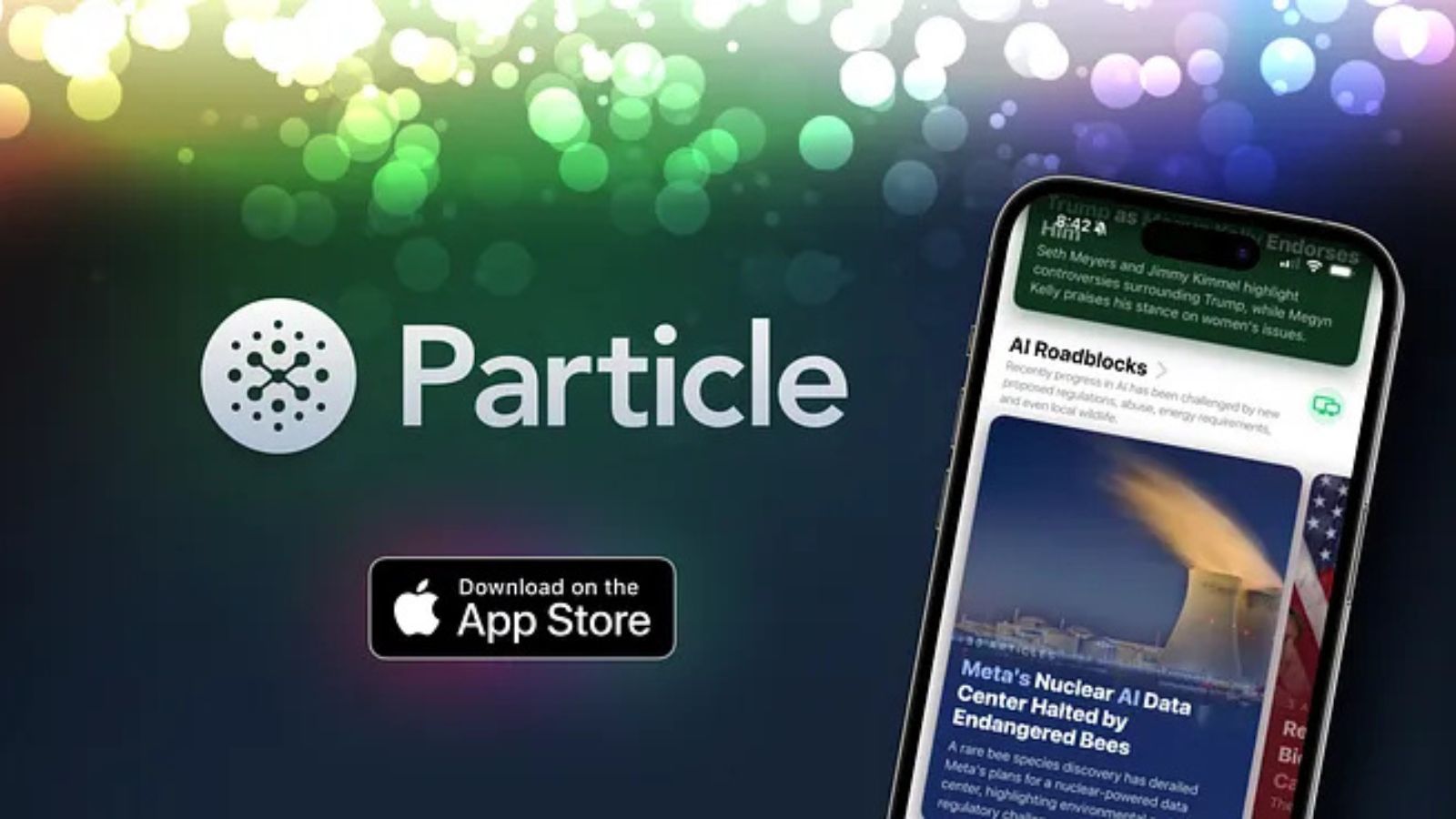News aggregation apps have been around for years. However, most of these have been pushed out of the market by social media networks with algorithms that better understand the nuances involved in the way people consume news.
But now tech companies are looking to AI to help them deliver personalized news in a more valuable way. One such AI startup in the fray is Particle, co-founded in February last year by two former Twitter executives.
Particle’s AI-powered newsreader app of the same name recently made headlines after a beta version was privately released for testing among a select group of iOS users.
What’s new about Particle?
Particle’s driving philosophy is to not only provide AI-generated summaries of news, but to do so in a way that helps users understand the news easily.
“Part of the thesis of Particle is how it reports a story from all sides of the spectrum,” co-founder Sara Beykpour told TechCrunch. “We wanted to build an experience for consumers that really helps them cut through the noise and helps them understand what’s going on more (and) faster, and we want to do that in a way that’s a sustainable, win-win situation for both the readers who consume and the publishers and journalists who produce the content,” she said.

Beykpour worked at X when it was still known as Twitter. She was reportedly involved in projects like Twitter Blue and Conversations during her time at the social media giant between 2015 and 2021.
Marcel Molina, Particle’s other co-founder, is a former senior engineer who worked at both Twitter and Tesla. While the duo initially wanted to launch an app with a focus on social media, they later turned to news and information as the primary focus for the platform.
How does Particles work?
Particle reportedly uses a hybrid of AI models, including OpenAI’s GPT-4o, to primarily organize and summarize news articles.
To help users get a lot of information and varied perspectives on a topic, the app bundles coverage into collections called “Stories.” Each story can contain multiple news articles and X messages. It also has a section with just quotes on a particular news topic.
At the top of each story is an AI-generated summary of all news articles below. It is unclear whether this also includes hyperlinks to those news articles.
Notably, Particle allows users to change the style of the AI-generated summary. For example, a user can ask the app to show both sides of a news event. They can also ask questions to Particle’s AI bot to simplify topics such as the war in Gaza.
Users can have news article headlines rewritten in a way that is less confusing. Users can also follow specific news outlets or journalists on Particle.
 Particle provides AI-generated summaries of news topics with multiple perspectives. (Image credit: Particle)
Particle provides AI-generated summaries of news topics with multiple perspectives. (Image credit: Particle)
The app reportedly selects news articles from a wide range of publishers to introduce users to different points of view. It currently does not allow users to share news articles from their side.
Does Particle have permission to share publisher content in its app? The company recently entered into agreements with major news publishers such as Reuters, Time and Fortune to display and summarize the news articles posted on these sites.
In June this year, Particle raised more than $10.9 million after closing a Series A funding round led by global venture capital firm Lightspeed Venture Partner. Investments were also made by global media house Axel Springer, which oversees organizations such as Business Insider and Politico.
Can Particle succeed where others have failed?
The app graveyard is littered with many news aggregation platforms like Circa and Discors.
Artefact, an AI-powered news app developed by the co-founders of Instagram, was about to be taken down before being acquired by Yahoo and integrated into its news app earlier this year.
Newsreader apps have generally struggled to attract an audience by offering summary and aggregation features, undermining their ability to make money from them.
“We’ve built something that a core group of users love, but we’ve concluded that the market opportunity isn’t large enough to justify continued investment in this way,” Artifact’s creators had written in a blog post. This was of course before their lifeboat arrived.
They had also pointed out that Artefact’s content required “a fair amount of moderation and oversight” for which they did not have the staff.
However, Particle claims to be a different wine in a different bottle. It plans to reduce the risk of AI hallucinations and inaccuracies through human editorial oversight and deals with publishers.
Particle also relies on its unique multi-perspective approach to avoid encapsulating users in their own algorithm bubbles. Whether it will be able to meet the needs of publishers and compete with AI-powered search engines remains to be seen.








